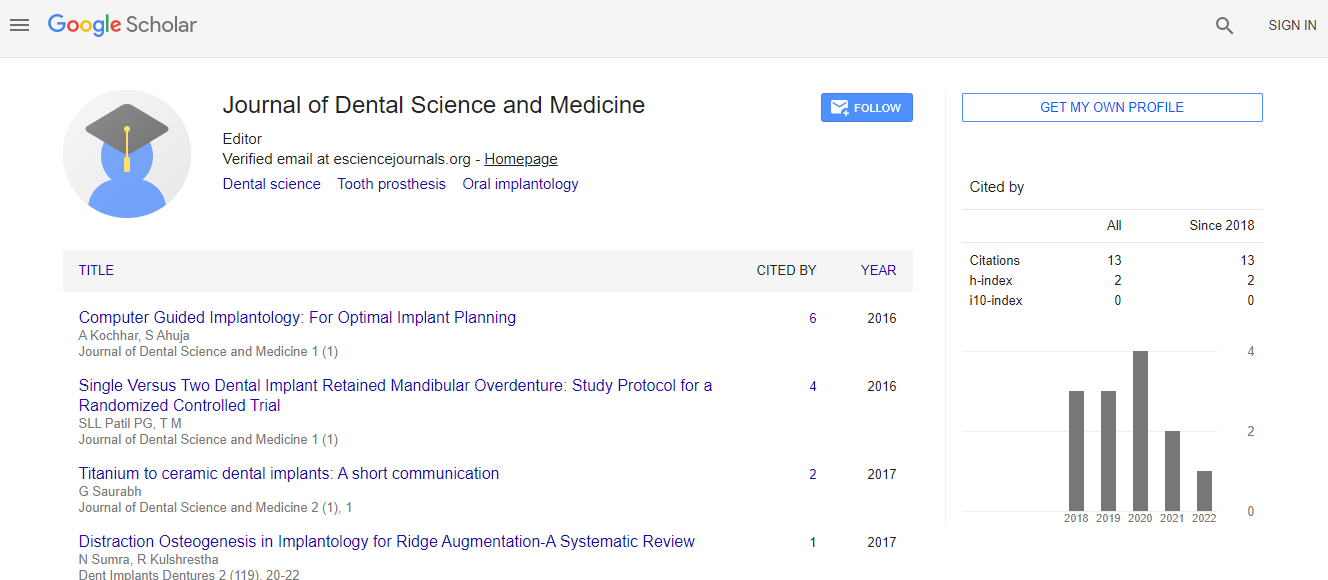Research Article
Mechanical Evaluation of 4 Different Implant Design Systems
Torrealba Y1*, Lee H2, Passos S1, Nassar U3 and Pedroza J3
1Department of Restorative Dentistry, Faculty of Medicine and Dentistry, University of Alberta, Edmonton - Canada
2Undergraduate student of Biological Sciences, University of Alberta, Edmonton - Canada
3Advanced Dental Implant Institute in Puerto Rico, Department of Dental Research, School of Dental Medicine, University of Puerto Rico, San Juan – Puerto Rico, USA
- *Corresponding Author:
- Torrealba Y
Assistant Professor
Faculty of Medicine and Dentistry
Room 5-503, Edmonton Clinic Health Academy
University of Alberta, Edmonton, Alberta
Canada T6G 1C9
Tel: 780-492-753
E-mail: torrealb@ualberta.ca
Received Date: December 19, 2016; Accepted Date: December 27, 2016; Published Date: January 10, 2017
Citation: Torrealba Y, Lee H, Passos S, Nassar U, Pedroza J (2017) Mechanical Evaluation of 4 Different Implant Design Systems. Dent Implants Dentures 2:114. doi:10.4172/2572-4835.1000114
Copyright: © 2017 Torrealba Y, et al. This is an open-access article distributed under the terms of the Creative Commons Attribution License, which permits unrestricted use, distribution, and reproduction in any medium, provided the original author and source are credited.
Abstract
Purpose: The aims of this study were to: 1. Compare the fracture strengths of four different implant systems, and 2. Evaluate the failure mode of the implants. Materials and methods: A total of eighty-eight (n=88) screw implants were tested. Forty-four for compressive strength and forty-four were tested for fatigue. Each implant body were inserted into a 30 degree holding device and adapted to be used in the BOSE 3330 Electro Force Testing System. A metal sphere was placed in the contact point of the implants (ISO 14801). The compression load was applied to each specimen at a rate of 0.02 inch per minute until failure. For the fatigue testing the step-stress accelerated testing at 17 Hz with 3 increment stages of 300.000 cycles each was performed. The fracture surface was evaluated by X400 Olympus microscopy. Discussion: The failure of the Integrity Tapered Implants -1 and -2 piece abutment connection was an identical combined bending of the implant-abutment Connection. Conclusion: The Integrity implant-2 pieces implant-abutment connection presented a higher resistance value to lateral compressive loads compared to the others implant-abutment connections.

 Spanish
Spanish  Chinese
Chinese  Russian
Russian  German
German  French
French  Japanese
Japanese  Portuguese
Portuguese  Hindi
Hindi 